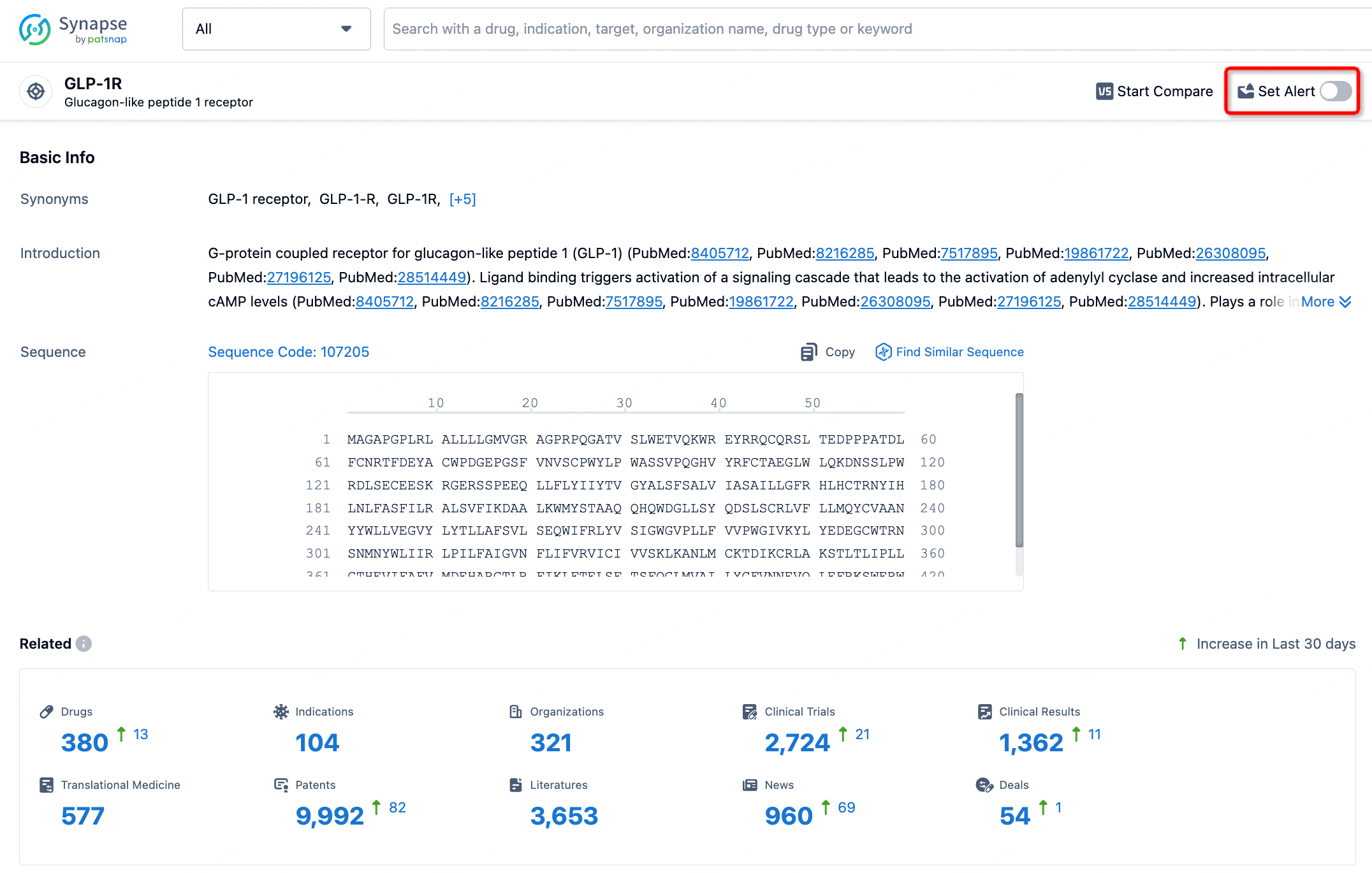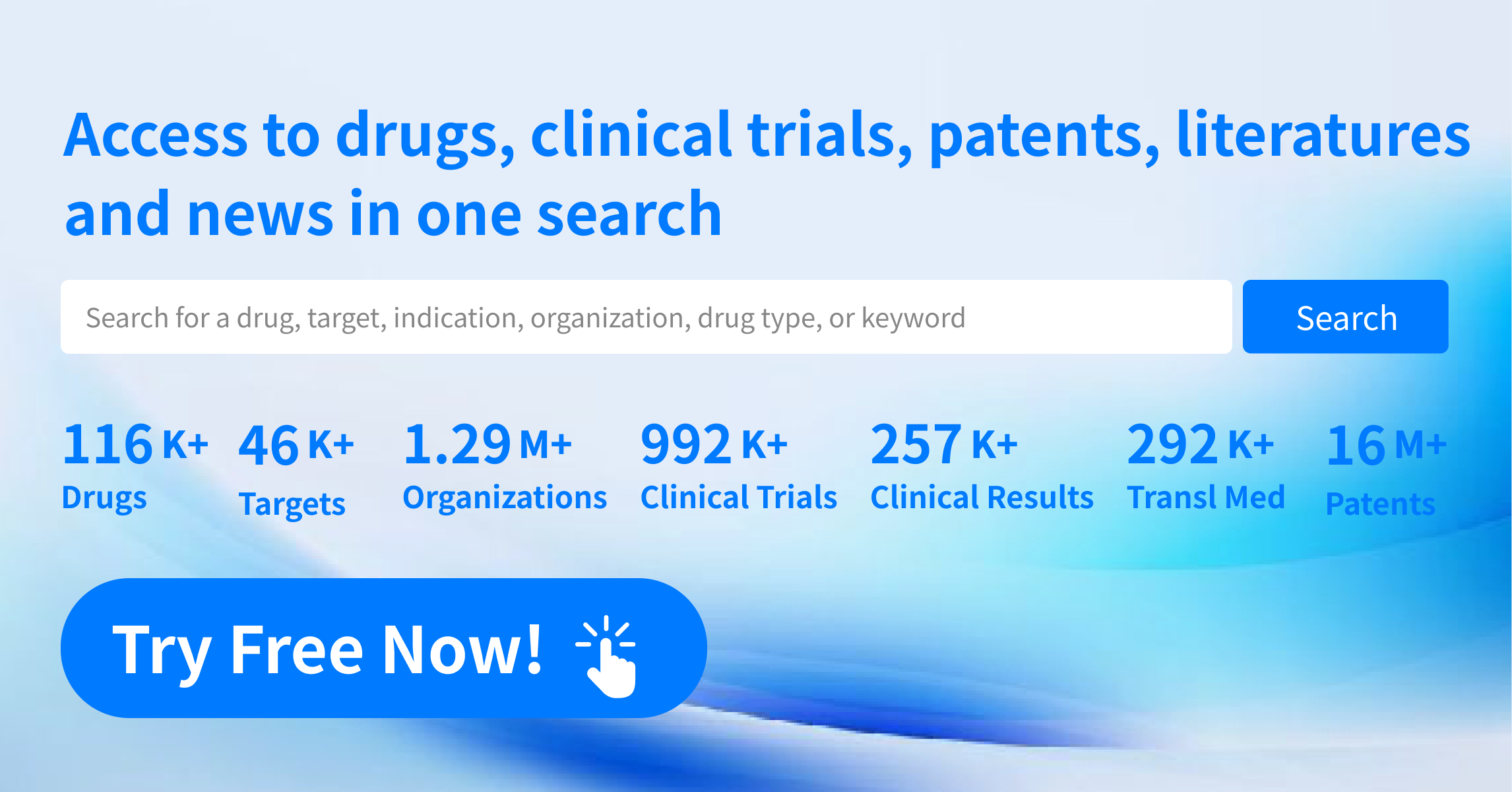Request Demo
What are COX-1 inhibitors and how do they work?
21 June 2024
Cyclooxygenase-1 (COX-1) inhibitors play a crucial role in the management of various medical conditions, particularly those involving pain and inflammation. They represent a significant class of drugs within the broader category of nonsteroidal anti-inflammatory drugs (NSAIDs). This article aims to provide a comprehensive overview of COX-1 inhibitors, including how they work and their common applications.
COX-1, or cyclooxygenase-1, is an enzyme found throughout the body. It is responsible for the production of prostaglandins, which are lipid compounds that perform several vital functions. Prostaglandins play a key role in maintaining the protective lining of the stomach, supporting kidney function, and regulating blood platelet aggregation. While these are essential functions, prostaglandins are also involved in the inflammation process and the sensation of pain.
COX-1 inhibitors work by blocking the cyclooxygenase-1 enzyme, thereby reducing the production of prostaglandins. By inhibiting this enzyme, these drugs help to decrease inflammation, pain, and fever. However, because COX-1 is involved in protecting the stomach lining and maintaining kidney function, inhibiting this enzyme can also lead to side effects such as gastric irritation, ulcers, and renal impairment. It is this dual nature of COX-1's role that makes the use of COX-1 inhibitors a bit of a balancing act between efficacy and safety.
The primary mechanism of action for COX-1 inhibitors is the non-selective inhibition of the cyclooxygenase enzyme. This means that these drugs inhibit both COX-1 and COX-2 enzymes. COX-2 is another enzyme that also produces prostaglandins but is primarily involved in the inflammatory response. By inhibiting both COX enzymes, these drugs can effectively reduce pain and inflammation but may also lead to the aforementioned side effects.
One of the most well-known COX-1 inhibitors is aspirin. Aspirin has been used for over a century to treat pain, fever, and inflammation. Its antiplatelet activity also makes it beneficial in preventing cardiovascular events, such as heart attacks and strokes, because it reduces the ability of blood to clot. Other common COX-1 inhibitors include ibuprofen and naproxen, which are widely used to manage pain and inflammation from a variety of causes, including arthritis, menstrual cramps, and acute injuries.
COX-1 inhibitors are most commonly used to treat conditions that involve pain and inflammation. These conditions range from mild ailments like headaches and muscle aches to more chronic conditions such as osteoarthritis and rheumatoid arthritis. In addition to their pain-relieving properties, COX-1 inhibitors are often used to reduce fever (antipyretic effect).
In cardiovascular medicine, low-dose aspirin is commonly prescribed for its antiplatelet effects to help prevent blood clots, which can lead to heart attacks and strokes. This preventive measure is especially important for individuals with a history of cardiovascular disease or those at high risk.
However, the use of COX-1 inhibitors is not without risks. Their non-selective inhibition of COX enzymes can lead to gastrointestinal issues such as stomach ulcers and bleeding. This is because prostaglandins also play a role in protecting the stomach lining from the acidic environment. Long-term use of COX-1 inhibitors can also impair kidney function, particularly in individuals with preexisting kidney disease.
To mitigate these risks, healthcare providers often recommend using the lowest effective dose for the shortest possible duration. Additionally, in some cases, they may prescribe medications to protect the stomach lining, such as proton pump inhibitors or H2 blockers, in conjunction with COX-1 inhibitors.
In summary, COX-1 inhibitors are a valuable class of drugs that offer significant benefits in managing pain, inflammation, and fever. They are widely used in both acute and chronic conditions, as well as for cardiovascular protection. However, their use must be carefully managed to balance efficacy with potential side effects. By understanding how these drugs work and their common applications, patients and healthcare providers can make informed decisions to optimize treatment outcomes.
COX-1, or cyclooxygenase-1, is an enzyme found throughout the body. It is responsible for the production of prostaglandins, which are lipid compounds that perform several vital functions. Prostaglandins play a key role in maintaining the protective lining of the stomach, supporting kidney function, and regulating blood platelet aggregation. While these are essential functions, prostaglandins are also involved in the inflammation process and the sensation of pain.
COX-1 inhibitors work by blocking the cyclooxygenase-1 enzyme, thereby reducing the production of prostaglandins. By inhibiting this enzyme, these drugs help to decrease inflammation, pain, and fever. However, because COX-1 is involved in protecting the stomach lining and maintaining kidney function, inhibiting this enzyme can also lead to side effects such as gastric irritation, ulcers, and renal impairment. It is this dual nature of COX-1's role that makes the use of COX-1 inhibitors a bit of a balancing act between efficacy and safety.
The primary mechanism of action for COX-1 inhibitors is the non-selective inhibition of the cyclooxygenase enzyme. This means that these drugs inhibit both COX-1 and COX-2 enzymes. COX-2 is another enzyme that also produces prostaglandins but is primarily involved in the inflammatory response. By inhibiting both COX enzymes, these drugs can effectively reduce pain and inflammation but may also lead to the aforementioned side effects.
One of the most well-known COX-1 inhibitors is aspirin. Aspirin has been used for over a century to treat pain, fever, and inflammation. Its antiplatelet activity also makes it beneficial in preventing cardiovascular events, such as heart attacks and strokes, because it reduces the ability of blood to clot. Other common COX-1 inhibitors include ibuprofen and naproxen, which are widely used to manage pain and inflammation from a variety of causes, including arthritis, menstrual cramps, and acute injuries.
COX-1 inhibitors are most commonly used to treat conditions that involve pain and inflammation. These conditions range from mild ailments like headaches and muscle aches to more chronic conditions such as osteoarthritis and rheumatoid arthritis. In addition to their pain-relieving properties, COX-1 inhibitors are often used to reduce fever (antipyretic effect).
In cardiovascular medicine, low-dose aspirin is commonly prescribed for its antiplatelet effects to help prevent blood clots, which can lead to heart attacks and strokes. This preventive measure is especially important for individuals with a history of cardiovascular disease or those at high risk.
However, the use of COX-1 inhibitors is not without risks. Their non-selective inhibition of COX enzymes can lead to gastrointestinal issues such as stomach ulcers and bleeding. This is because prostaglandins also play a role in protecting the stomach lining from the acidic environment. Long-term use of COX-1 inhibitors can also impair kidney function, particularly in individuals with preexisting kidney disease.
To mitigate these risks, healthcare providers often recommend using the lowest effective dose for the shortest possible duration. Additionally, in some cases, they may prescribe medications to protect the stomach lining, such as proton pump inhibitors or H2 blockers, in conjunction with COX-1 inhibitors.
In summary, COX-1 inhibitors are a valuable class of drugs that offer significant benefits in managing pain, inflammation, and fever. They are widely used in both acute and chronic conditions, as well as for cardiovascular protection. However, their use must be carefully managed to balance efficacy with potential side effects. By understanding how these drugs work and their common applications, patients and healthcare providers can make informed decisions to optimize treatment outcomes.
How to obtain the latest development progress of all targets?
In the Synapse database, you can stay updated on the latest research and development advances of all targets. This service is accessible anytime and anywhere, with updates available daily or weekly. Use the "Set Alert" function to stay informed. Click on the image below to embark on a brand new journey of drug discovery!
AI Agents Built for Biopharma Breakthroughs
Accelerate discovery. Empower decisions. Transform outcomes.
Get started for free today!
Accelerate Strategic R&D decision making with Synapse, PatSnap’s AI-powered Connected Innovation Intelligence Platform Built for Life Sciences Professionals.
Start your data trial now!
Synapse data is also accessible to external entities via APIs or data packages. Empower better decisions with the latest in pharmaceutical intelligence.


